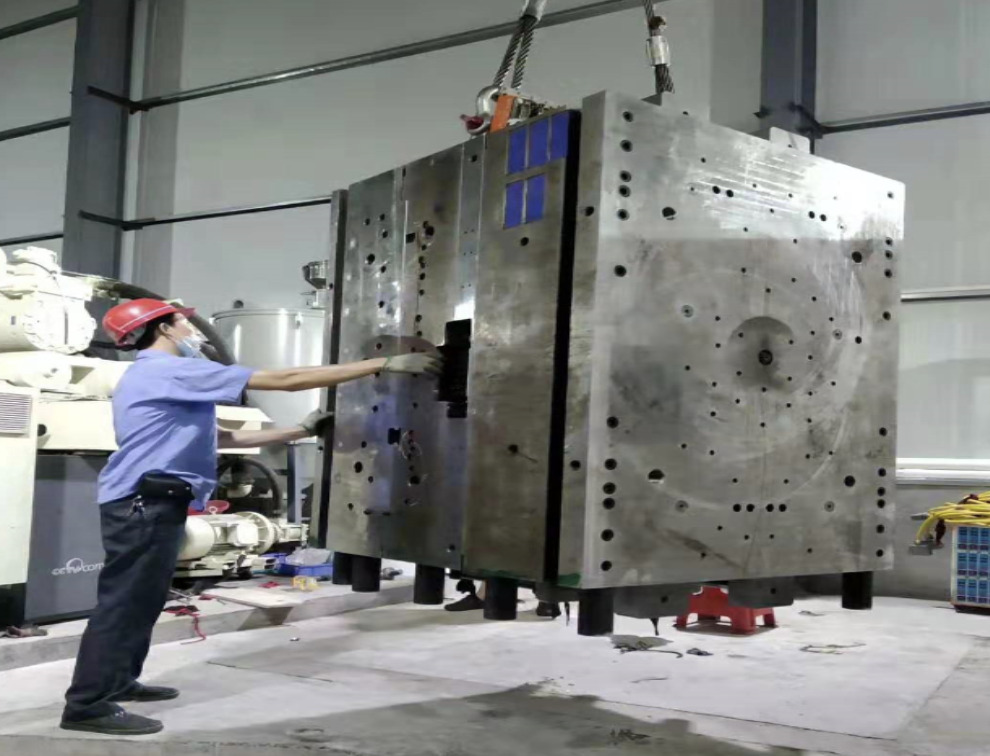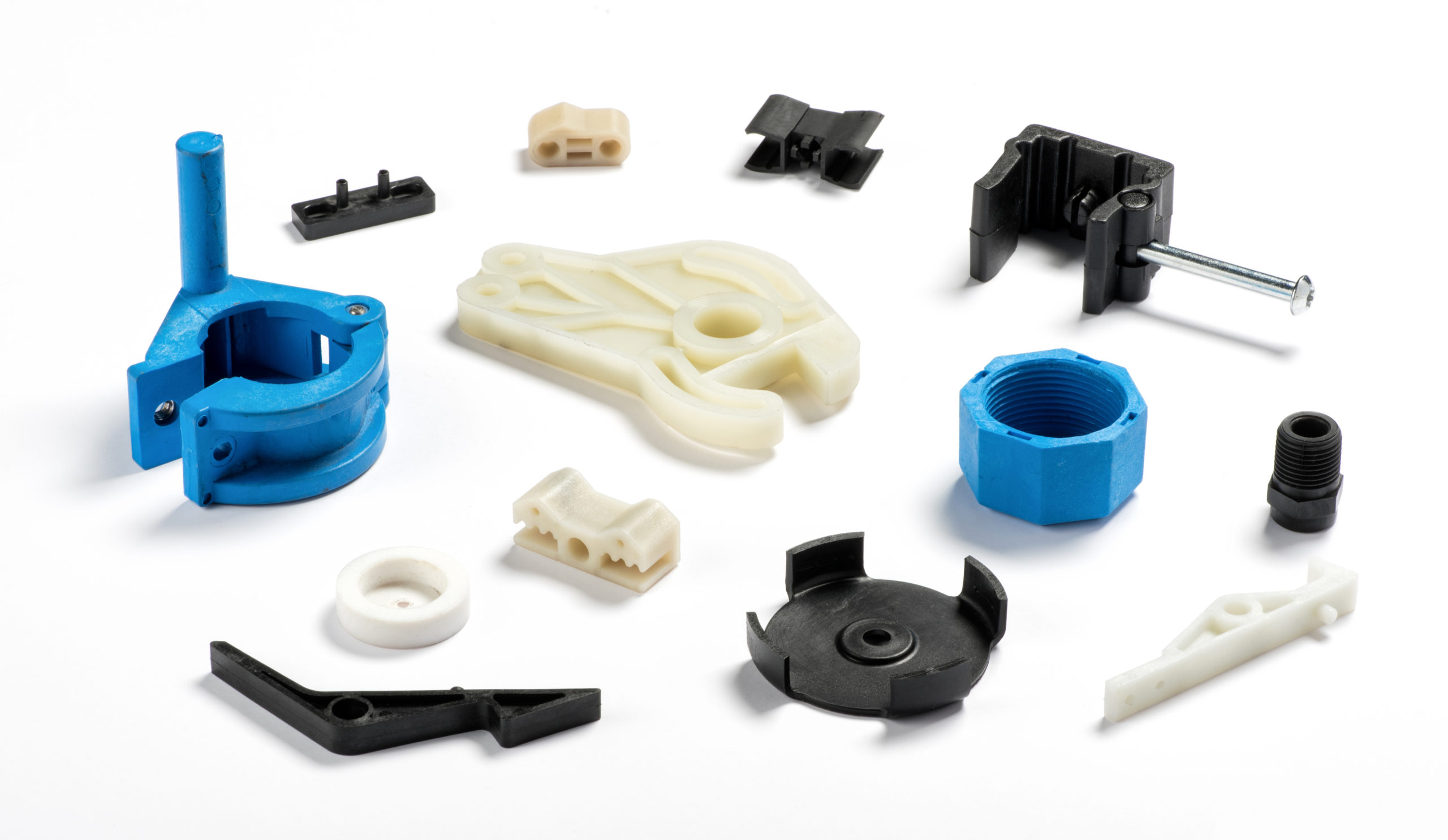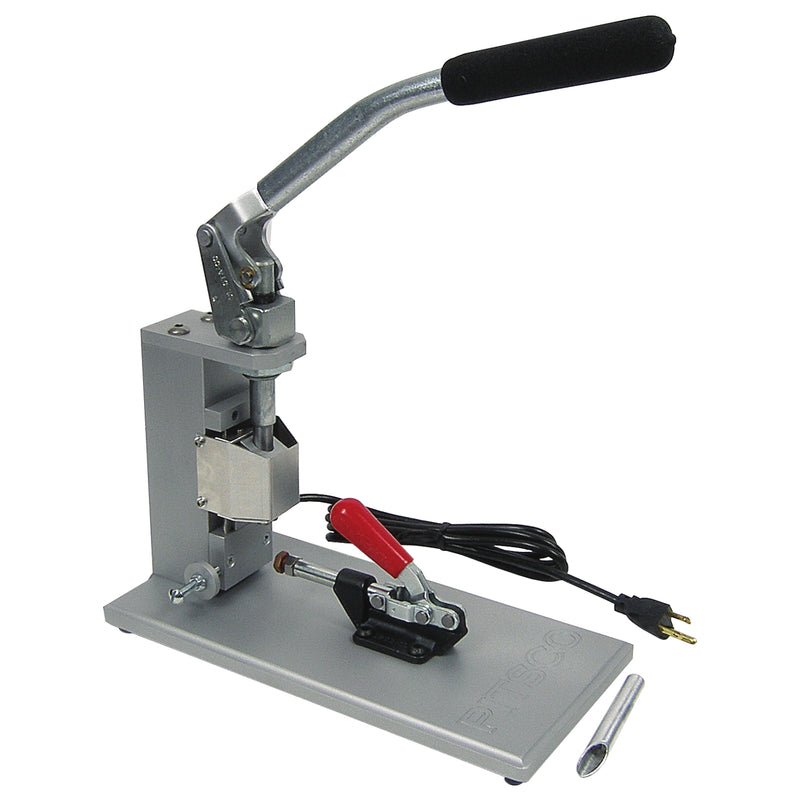The Advantages of Using Plastic Injection Molding for Custom Components Manufacturing
The Advantages of Using Plastic Injection Molding for Custom Components Manufacturing
Blog Article
Comprehending the Fundamentals of Plastic Shot Molding Processes
Plastic injection molding offers as a keystone of modern-day production, supplying a systematic technique to creating complex components with accuracy. Discovering these crucial components might expose how even small modifications can lead to considerable improvements in manufacturing end results, increasing questions about the possibility for advancement in this well established procedure.
What Is Plastic Shot Molding?
Plastic injection molding is a commonly made use of production procedure that transforms polycarbonate and thermosetting products right into precise and complex shapes. This method is preferred for its ability to produce high quantities of similar components with phenomenal accuracy, making it an essential approach in various markets, consisting of automobile, customer items, and medical gadgets.
The procedure involves melting the picked plastic product and injecting it into a mold and mildew under high stress. The mold, developed to the specs of the wanted part, allows the molten plastic to form as it strengthens and cools. When the product has actually set, the mold is opened, and the completed element is ejected.
Plastic shot molding supplies numerous advantages, consisting of reduced waste, consistency in production, and the ability to integrate detailed layouts that might be testing with various other manufacturing methods. Additionally, it supports a broad series of materials, each offering distinct properties that can be tailored for specific applications. As industries continue to introduce, plastic shot molding continues to be at the center, making it possible for the development of advanced items that fulfill advancing customer needs.
The Injection Molding Process
The injection molding procedure is an innovative method that includes a number of essential stages to generate high-quality plastic parts. Originally, plastic pellets are fed right into a heated barrel where they are merged a thick liquid. This molten plastic is after that injected under high stress right into a precision-engineered mold, which shapes the product right into the wanted type.
When the mold and mildew is loaded, the plastic is enabled to strengthen and cool down, taking the shape of the mold and mildew dental caries. Cooling time is essential, as it affects the cycle time and the last buildings of the molded part. After adequate cooling, the mold and mildew opens, and the ended up element is ejected utilizing ejector pins.

Materials Used in Injection Molding
Various materials can be utilized in the shot molding procedure, each offering one-of-a-kind residential or commercial properties that satisfy particular applications. The most typically used materials consist of thermoplastics, thermosetting plastics, and elastomers.

Thermosetting plastics, like anonymous epoxy and phenolic materials, undergo a chemical adjustment throughout the treating procedure, causing a stiff, stringent framework. These materials are suitable for applications requiring high warm resistance and architectural honesty, typically made use of in electrical insulators and automobile components.
Elastomers, consisting of silicone and rubber-based products, provide flexibility and durability. Their one-of-a-kind residential or commercial properties make them appropriate for applications that require flexibility, such as gaskets and seals.
Additionally, specialty materials like bio-based click to investigate plastics and composites are gaining traction for their environmental advantages and boosted efficiency features, broadening the scope of injection molding applications in different markets. Comprehending the properties of these materials is important for choosing the proper kind for certain jobs.
Advantages of Shot Molding
Injection molding sticks out as an extremely reliable production procedure that uses countless benefits for creating complicated parts with precision. One of one of the most substantial advantages is the capability to produce elaborate designs that would be tough or difficult to achieve with various other methods (Plastic Injection Molding). The process enables limited resistances and in-depth functions, ensuring high-quality parts
In addition, shot molding is understood for its rapid manufacturing capacities, making it a suitable option for high-volume manufacturing. As soon as the mold is developed, parts can be created rapidly, decreasing preparations and enhancing total efficiency. This efficiency not just lowers manufacturing expenses yet likewise provides a competitive side out there.
The flexibility of products used in shot molding even more boosts its appeal. A large range of thermoplastics and thermosetting polymers can be employed, enabling manufacturers to choose products that best satisfy their specific demands, consisting of warm, adaptability, and strength resistance.
Additionally, the procedure minimizes waste, as excess material can commonly be recycled and reused. This sustainability element adds to a lowered environmental effect, making shot molding a liable production selection. Overall, the advantages of injection molding make it a favored approach for lots of sectors.
Factors Affecting Item Top Quality
While numerous aspects can influence product quality helpful resources in injection molding, comprehending these aspects is crucial for achieving optimal results. Secret elements include material selection, processing parameters, and mold design.
Material selection plays a vital role, as different polymers show unique residential or commercial properties that impact flowability, stamina, and thermal stability. Inadequate product selection can bring about issues such as bending or incomplete filling.
Processing criteria, consisting of cycle, temperature, and stress time, should be meticulously controlled. Variants in these settings can result in inconsistencies partly measurements and surface coating. As an example, excessively heats might trigger degradation of the polymer, while poor stress can result in brief shots.
Mold layout is just as essential, as it identifies the circulation of the molten plastic and the cooling process. Poorly made molds might cause uneven air conditioning rates, resulting in dimensional mistakes and recurring anxieties.

Conclusion
Finally, plastic injection molding functions as a crucial manufacturing process that enables the efficient manufacturing of high-quality parts. Proficiency of the shot molding procedure, including the understanding of materials and the impact of numerous variables on item high quality, is vital for accomplishing ideal results. The benefits of this method, such as cost-effectiveness and layout flexibility, further highlight its importance throughout several markets, solidifying its standing as a recommended option for high-volume manufacturing.
Plastic shot molding serves as a cornerstone of modern-day manufacturing, offering a methodical technique to generating complicated elements with accuracy.Plastic injection molding provides several benefits, including reduced waste, uniformity in production, and the capacity to integrate elaborate designs that might be challenging with various other producing methods (Plastic Injection Molding). As sectors continue to introduce, plastic injection molding continues to be at the leading edge, making it possible for the advancement of advanced items that meet advancing consumer needs
The injection molding process is an innovative method that entails a number of vital stages to generate premium plastic parts.In final thought, plastic shot molding serves as an important manufacturing procedure that makes it possible for the reliable production of top quality parts.
Report this page